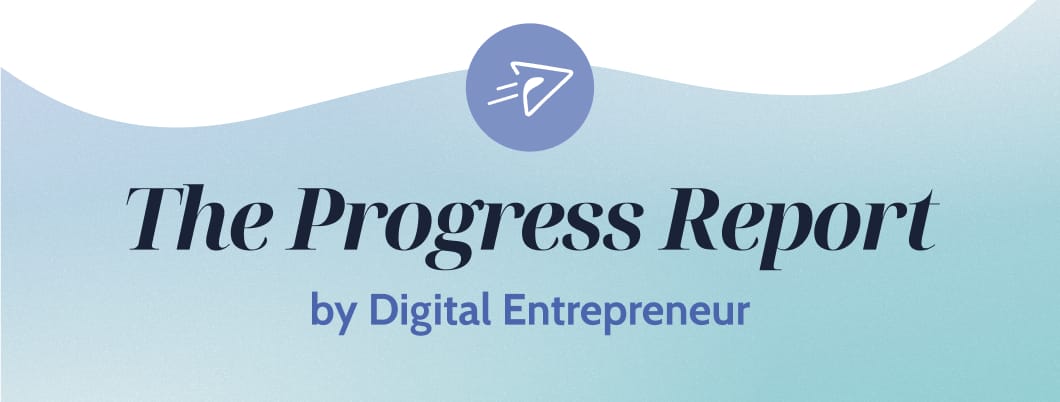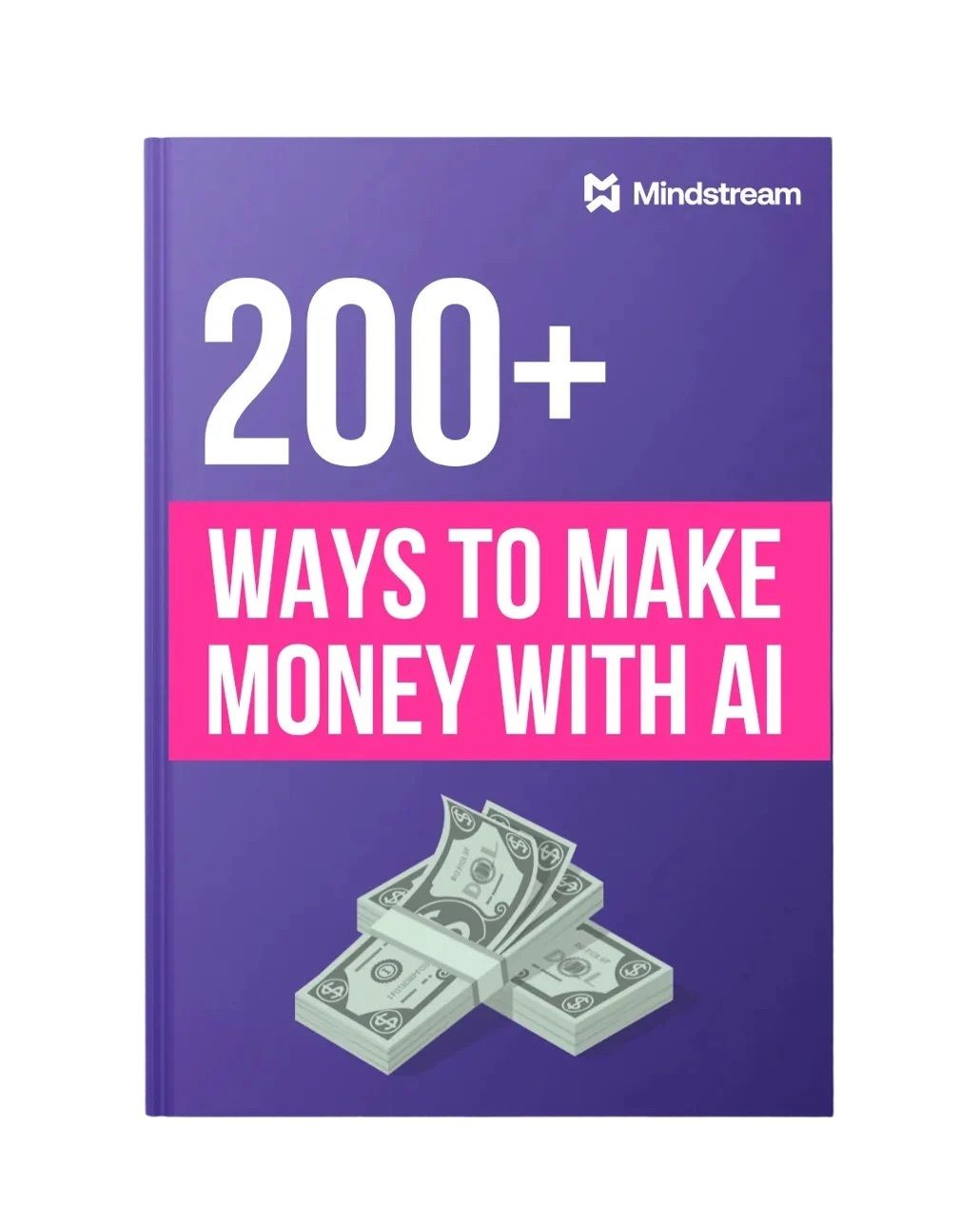
August 12, 2025
In partnership with

People thought you were off your rocker when you told them you wanted to start this thing.
You were determined to prove them wrong.
So, when things started to go sideways, your ego felt like it was on the line.
The idea felt bulletproof when you started. You could see exactly how it would solve a real problem, and frankly, you were excited to build it.
But somewhere between launch and now, that confidence started to crack.
Maybe the early user feedback wasn't what you expected. Maybe that “obvious” customer need isn't as obvious as you thought. Maybe you're starting to wonder if you missed something fundamental about how this whole thing was supposed to work.
Here's what I wish someone had told me during my first real setback: feeling lost after a failure doesn't mean you're not cut out for this.
It just means you're human.
Research from CB Insights shows that 42% of startups fail because they target problems that don't actually exist in the market.
It happens.
But here's the part that data doesn't capture: the vast majority of successful entrepreneurs have failures under their belt.
They’ve just learned to bounce back… and learn in the process.
In this newsletter:
How Hiten Shah went from flopped startup to massive acquisition
Why the voice in your head after failure is lying to you
The psychology behind why some entrepreneurs bounce back while others quit
Sponsored
200+ ways to make money with AI
Everyone's talking about AI. But most entrepreneurs are still stuck asking the same question: “How do I actually make money with this?”
This guide from HubSpot answers that question 200+ different ways. Real, actionable strategies for turning AI tools into revenue streams—whether you're creating content, running an ecommerce store or still figuring out your next move.
No tech degree required. Just clear, practical ideas for using the AI tools that already exist to build something profitable.
While everyone else is still debating whether AI will take their job, you could be using it to create new income streams they haven't even thought of yet.
Weekly Insight

Hiten Shah thought he had it figured out.
He was running FYI, his startup file search tool for cloud documents. Clean design, solid tech, genuine user interest at launch. Everything looked promising.
Two years later, he was writing the shutdown email.
Despite all the building, refining and feature additions, FYI never found real traction. The kind of traction that turns a promising startup into a sustainable business.
This kind of realization sucks. As you well know, it takes a lot of time, energy and attention to stand up a venture.
But that doesn’t make it invincible.
It took a lot of time, energy and attention to build the Hindenburg… still went up in flames, though.
(Too dramatic? Maybe. Okay, back to the story.)
Shah didn’t let FYI’s failure stop him. He acknowledged the suck, then treated it as a stepping stone.
Instead of quietly disappearing, Shah went right back to work.
Within months of shutting down FYI, he launched Nira. A document access control tool for Google Workspace; an idea he had whilst validating FYI.
This time, things were different.
He did away with the broad promises and over-featured v1, replacing them with laser focus on solving one specific problem with validated demand.
The approach wasn't flashy, but it worked. Nira's steady progress reflected everything Shah had learned from FYI's expensive education.
Failing will pretty much always suck. But it doesn’t have to break your momentum and certainly shouldn’t break your confidence.
📚 Related Reading
Failing forward: how to rebuild after a startup setback by Ingrid Polini | Stories from real entrepreneurs who rebuilt after failure and what they learned in the process.
Strategies for learning from failure by Amy C. Edmondson | Harvard Business School research on how to create organizational cultures where failure becomes a learning opportunity.
The psychological price of entrepreneurship by Jessica Bruder | How the mental health challenges of building a business affect founders and strategies for maintaining psychological wellbeing.
Intent to Action
The real enemy after a setback is what happens in your head afterward.
Dean Shepherd, a professor whose spent decades researching entrepreneurial failure, found that business failure triggers a grief response that interferes with your ability to learn from what happened.
You don't just feel disappointed. You feel genuine grief. The same psychological process as losing someone you love.
This matters because grief literally blocks learning, with symptoms like anger, guilt, anxiety, hopelessness, withdrawal and depression.
When you're stuck in that state, every failure feels like proof you're not cut out for this.
That feeling’s wrong, though.
The two-track recovery system
Research shows that entrepreneurs who bounce back use what psychologists call a “dual process” approach. Two distinct but complementary strategies:
Loss orientation and
Restoration orientation.
Most people get stuck in loss orientation. Ruminating on what went wrong, replaying decisions, analyzing blame.
This phase is normal and necessary. But if you stay there too long, it becomes quicksand.
Those who recover fast learn to move between loss and restoration. They process the grief, then deliberately shift their focus to rebuilding.
Why speed matters psychologically
Entrepreneurs with higher psychological capital (confidence, optimism, hope and resilience) experience better mental health and less emotional exhaustion after failure.
But, luckily for pretty much all of us, these traits aren't fixed. They're rebuilt through action… as long as the action is swift.
Once failure occurs, confidence decreases, and individuals need time to recover. That’s normal.
The problem is that time without action quickly becomes rumination. And rumination strengthens the neural pathways that tell you to quit.
The 48-hour activation protocol
Within 48 hours of recognizing a setback, you should look to activate restoration orientation. Not to rush yourself into “getting over it,” but to prevent grief from calcifying into identity.
Day 1: Externalize the analysis
Write down what happened in the third person. “The company struggled because…” not “I failed because…”
This creates psychological distance from the failure, reducing the chance of you tying your personal identity up in the situation.
(Because, reminder, you’re a badass.)
Day 2: One small bet
Make one tiny, forward-looking decision. Send an email. Schedule a coffee. Register a domain. Build anything that represents “next” instead of “over.”
The size of the action doesn't matter. The direction does.
Why this works neurologically
Higher-level learning from failure (which may ultimately lead to significant changes in mind and behavior!) requires considerable reflection.
But that reflection can only happen when you're not drowning in negative emotions.
Action interrupts the rumination cycle. It proves to your brain that you still have agency. That this failure was data, not a verdict.
Entrepreneurs who exhibit resilience show stable levels of functioning after failure, while those requiring recovery experience persistent disruptions.
In non-nerd speak, this means resilient entrepreneurs maintain forward momentum even while processing loss.
You don’t have to skip grief or pretend failure doesn't hurt. Just make sure you don’t start mistaking a failed venture for a failed entrepreneur.
Ever tried. Ever failed. No matter. Try again. Fail again. Fail better.
Closing Thought
The hardest part about bouncing back isn't the tactical stuff, like figuring out what went wrong or what to build next.
It's convincing yourself to stand back up again.
Your last thing didn't work. So what?
Maybe the next one will. Only one way to find out.
I've been layin' down some pretty serious psychological stuff the past few weeks, so next week is all about mentorship. Because sometimes the best way to navigate the mental minefield of entrepreneurship is to find someone who's already stepped on all the bombs and lived to tell about it.
See you then.

